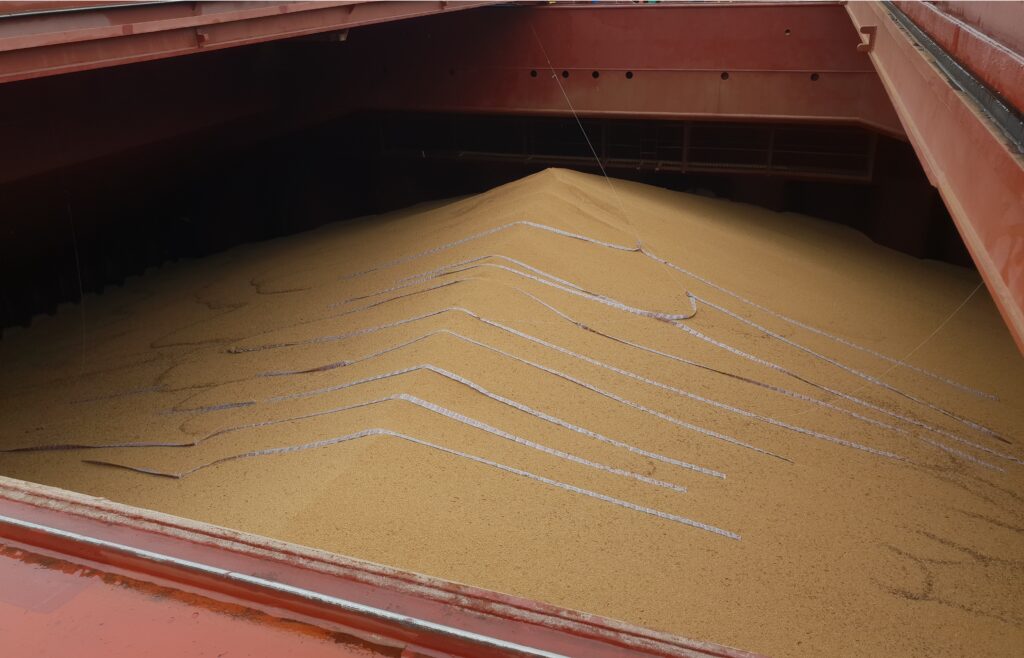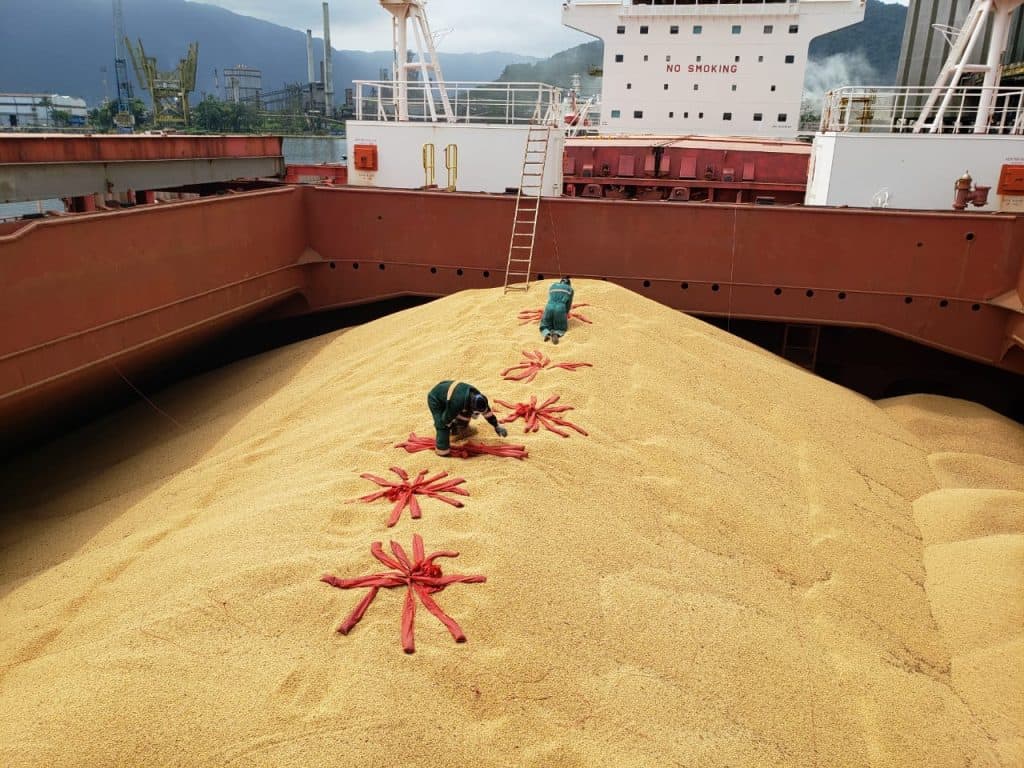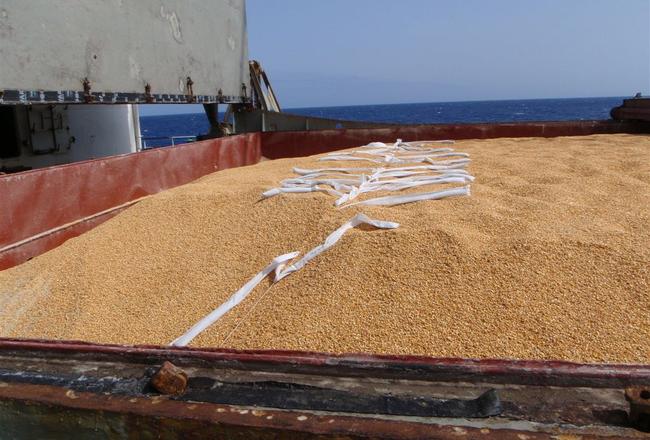


Ship Fumigation in Singapore
Singapore, as one of the world’s busiest ports and a major hub for maritime trade, sees high demand for ship fumigation services to ensure cargo safety, compliance with international regulations, and protection against pest infestations. Ship fumigation is a specialized procedure that involves the controlled use of fumigants to eliminate pests in vessels carrying various types of cargo—particularly bulk commodities, food products, and wood packaging materials.
Purpose of Ship Fumigation
Ship fumigation is critical for:
- Preventing cross-border pest transmission
- Protecting stored goods from infestation and damage
- Complying with quarantine and import-export regulations
- Maintaining cargo hygiene and international trade standards
Types of Ship Fumigation Services
- Cargo Hold Fumigation: Targeted at bulk commodities like grain, rice, and animal feed to eradicate weevils, beetles, and moths.
- Container Fumigation: Fumigation of individual containers on board to treat packed goods and wood packaging (ISPM 15 compliance).
- Structural Fumigation: Treatment of empty cargo holds, decks, and storage areas to eliminate residual pests before loading.
- Removal of Fumigation Sleeves: The sleeves – typically used to introduce and distribute fumigant gases like phosphine, must be carefully detached by trained licensed fumigators. Done after ventilation followed by safe collection and disposal.
Common Fumigants Used
- Phosphine (Aluminium or Magnesium Phosphide): Ideal for in-transit fumigation of bulk cargo; deep penetration and minimal residue.
- Methyl Bromide: Used for Quarantine and Pre-Shipment (QPS) treatments, particularly in compliance with certain import regulations.
Why Choose Professional Ship Fumigation?
- Minimizes the risk of pest-related cargo rejection
- Enhances compliance with international phytosanitary and quarantine regulations
- Protects cargo value and reputation of exporters and carriers
- Conducted with strict adherence to maritime safety protocols
